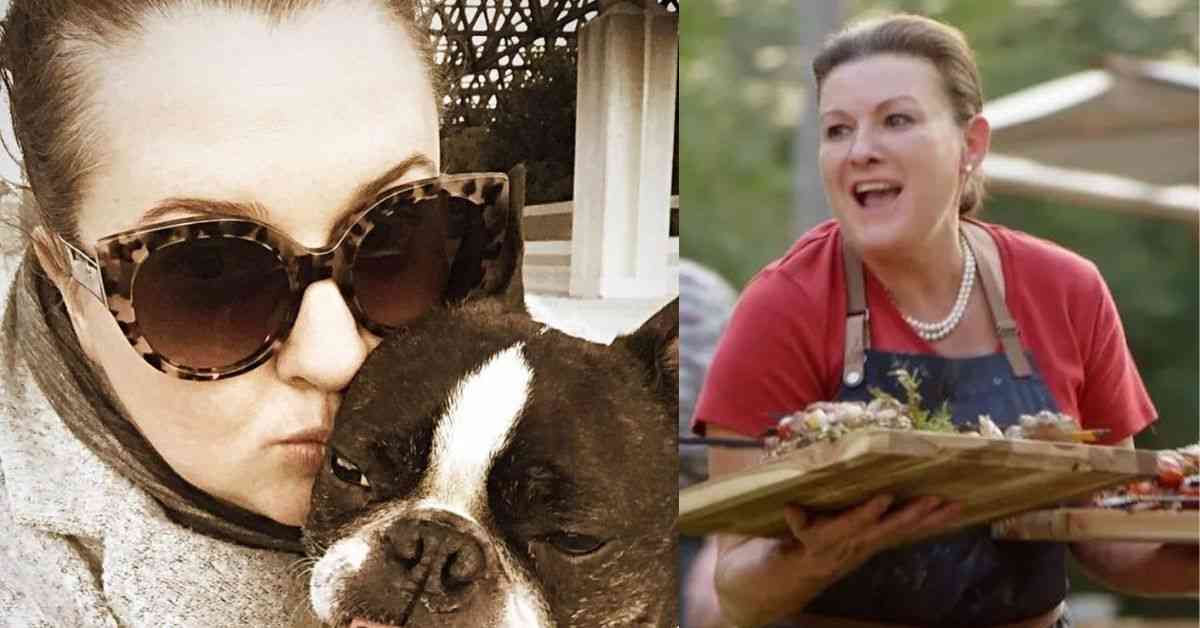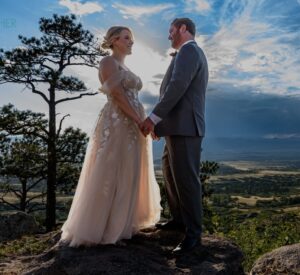Mary Fanto is the author and illustrator of several children’s books, including “The Secret Life of Cats” and “A Tree for Me.” Her latest book, published by New Word City, is titled “Spots and Stripes: A Zebra Story.” The book is a beautiful tale about friendship in the animal kingdom and a great way to introduce kids to one of nature’s most intriguing creatures – the zebra. Mary Fanto graciously took time from her busy schedule to answer questions about her new book on zebras and share some advice for aspiring authors and illustrators. Here, in our Q&A with Mary Fanto, she shares her artistic insights along with some terrific tips on how you too can become an author or illustrator.
What inspired you to write “Spots and Stripes: A Zebra Story?”
I began writing this story when my boys were very small. Every night before bed, we would read a story and then they would ask questions about it. They loved to learn new things and seemed genuinely interested in the world around them, so I tried to encourage that curiosity by offering lots of different books and subjects of inquiry. This story grew out of those nightly discussions. My boys loved animals and had a special affinity for zebras, so I grew fascinated with them too. This was the perfect chance to introduce them to a fascinating creature that is seldom heard about.
How did you come up with the idea for your book?
As mentioned above, my older son had a special place in his heart for zebras. He loved their stripes and was fascinated by their unique biology. This was a great subject for a story that would appeal to a wide range of readers, particularly young animal lovers. Using rhythm, rhyme, and repetition, I tried to create a fun, engaging experience for young readers; an enjoyable and memorable way to learn something new.
Why did you choose to write about zebras?
This book actually grew out of a conversation I was having with my sons. They were asking me a lot of questions about animals, so I decided to write a story about the creatures they were most curious about. My older son was very interested in zebras, so that’s what we focused on.
You used real photos of animals in your illustrations. Can you talk about your decision to incorporate photography into your artwork?
This was a decision I made early in my career, after having my first book published. I felt that photography could provide a lot of life and energy to my illustrations, particularly when depicting animals. It helped give the illustrations a more “real” feel and was a great way to ground them within the context of the story. Since the story is about animals, animals were the obvious choice for imagery.
The art of storytelling is difficult. Which part of the process do you find to be the most difficult and why?
For me, the most difficult part is knowing when the story is done. My editor and agent always push me to make each story better, and I always want to keep working on it, trying to make it better. I’m always asking “what if?” I actually believe this is a good thing, but it can make the story feel like a never-ending process.
What’s the most important thing for authors and illustrators to know when writing or illustrating children’s books?
First, make sure you are writing or illustrating something you are truly passionate about. If you are not excited about your story, then no one else will be either. Seek out editors and agents who you feel a real connection with. You want to be with people who are excited about your work and can help you make it the best it can be.
What’s next for you? Are there any upcoming projects that we can look forward to?
I am currently working on a couple of new picture books. One is about a boy who plays baseball and another is about a girl who loves to dance. I also have another Zebra story coming out later this fall.
Conclusion
Writing and illustrating a children’s book is a great way to share your ideas and creativity with the world. With persistence and determination, anyone can write and/or illustrate their own children’s book. If you’re an aspiring author or illustrator, be sure to follow these three important tips from Mary Fanto: Be passionate about your story, seek out editors and agents who you feel a real connection with, and be willing to work hard to make your book a reality.





More Stories
Bring Memories Back to Life: How to Restore Old Photos with AI Upscaling Tools
Fighting for Equal Pay in Woodbridge Township Workplaces
The Power of Unbiased News: Why Honest Journalism Matters in Today’s India